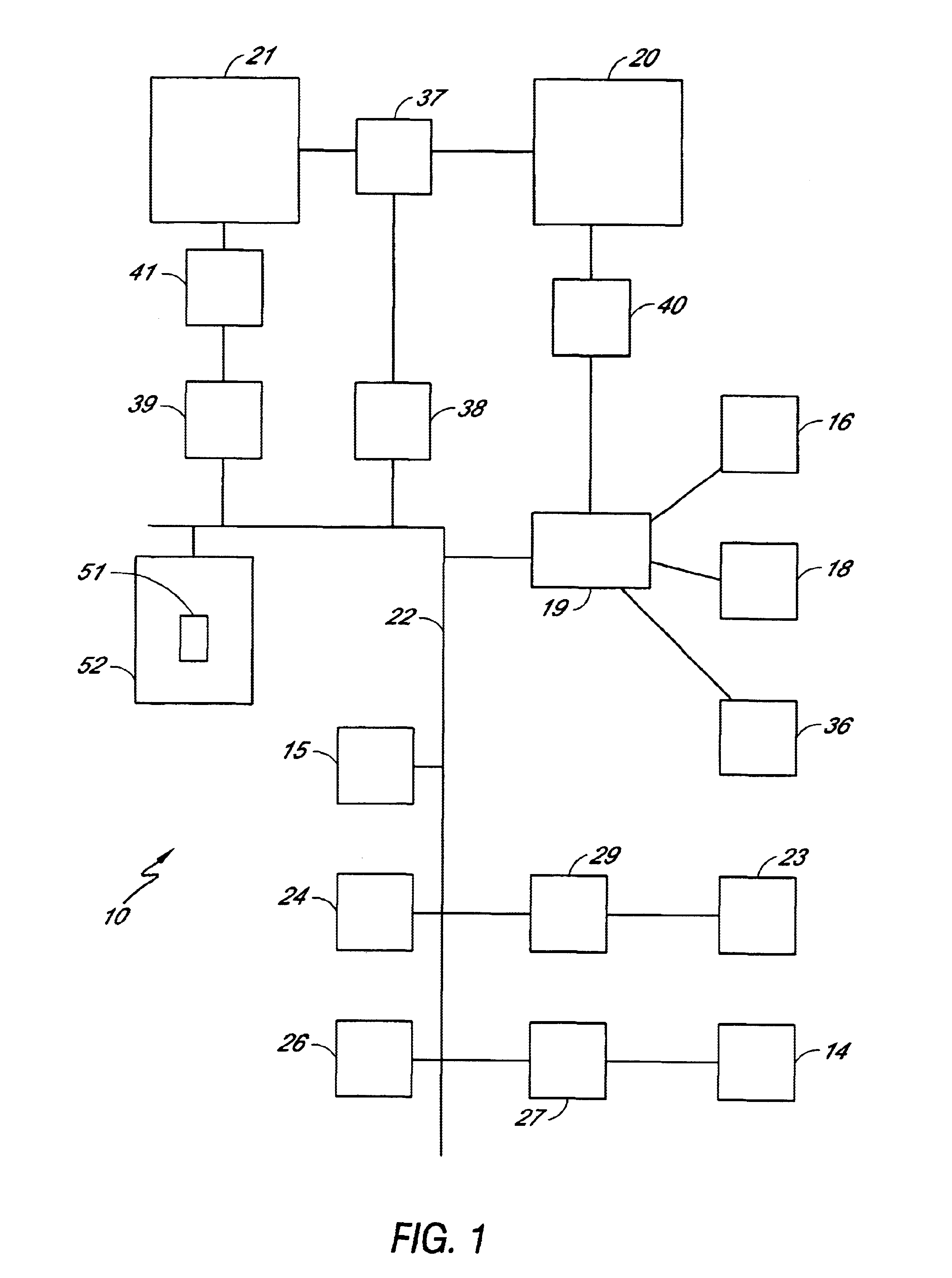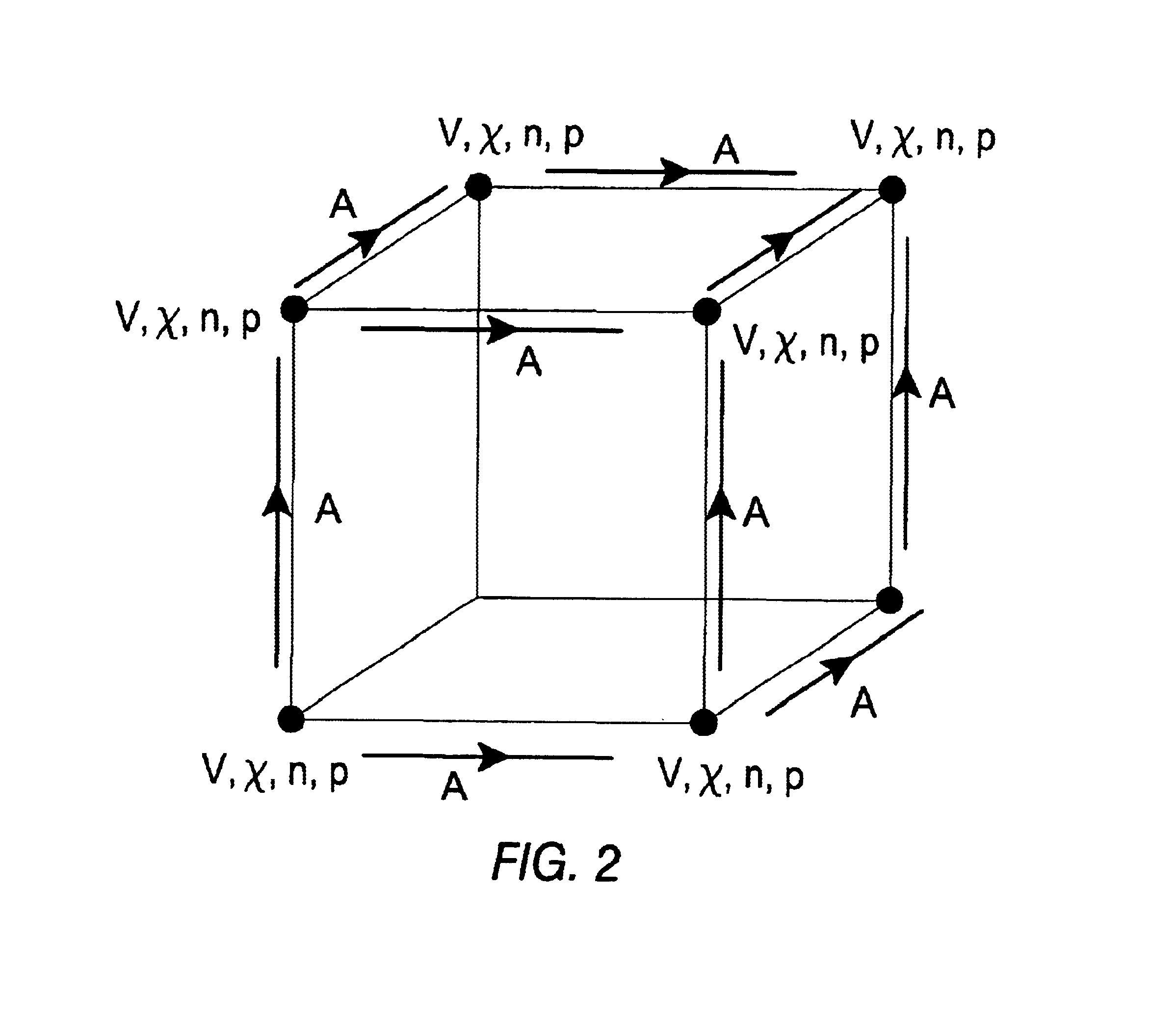Method and apparatus for simulating physical fields
a physical field and method technology, applied in image data processing, analogue and hybrid computing, complex mathematical operations, etc., can solve the problems of many spurious additional nodes, slow optimization process or even failure, and increase complexity, so as to solve the field equations more accurately, and reduce the number of nodes
- Summary
- Abstract
- Description
- Claims
- Application Information
AI Technical Summary
Benefits of technology
Problems solved by technology
Method used
Image
Examples
examples
A number of examples are presented demonstrating that the proposed potential formulation in terms of the Poisson field V, the vector field A and the dummy field .chi., is a viable method to solve the Maxwell field problem. All subtleties related to that formulation, i.e. the positioning of the vector potential on links, and the introduction of the ghost field .chi., have already been described above in constructing the solutions of the static equations. Therefore, a series of examples in the static limit are presented.
Metal Plug on Highly-doped Silicon
The first example concerns the electromagnetic behavior of a metal plug on (highly-doped) silicon. This example addresses all subtleties that are related to metal-semiconductor, metal-insulator and semiconductor-insulator interfaces as well as triple lines. The simulation region (10.times.10.times.10 .mu.m.sup.3) consists of two layers. A layer of the silicon (5 .mu.m) is highly doped at the top, using a square mask of 4.times.4 .mu.m....
PUM
 Login to View More
Login to View More Abstract
Description
Claims
Application Information
 Login to View More
Login to View More - R&D
- Intellectual Property
- Life Sciences
- Materials
- Tech Scout
- Unparalleled Data Quality
- Higher Quality Content
- 60% Fewer Hallucinations
Browse by: Latest US Patents, China's latest patents, Technical Efficacy Thesaurus, Application Domain, Technology Topic, Popular Technical Reports.
© 2025 PatSnap. All rights reserved.Legal|Privacy policy|Modern Slavery Act Transparency Statement|Sitemap|About US| Contact US: help@patsnap.com



